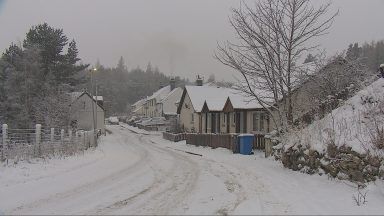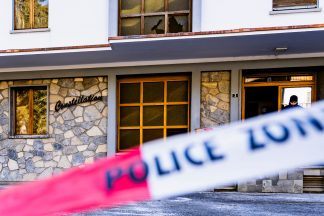Residents of a Glasgow apartment complex say the Scottish Government and developers need to make their homes safe after delays in replacing combustible cladding.
Round-the-clock fire wardens are now patrolling the site at Lancefield Quay following safety concerns.
The so-called “waking watch” will see a team continually patrol the grounds and buildings at the complex, in order to alert residents if a fire does break out.
It is being paid for by the Scottish Government, which said negotiations were ongoing with developers over who should foot the bill for longer-term improvements.
Abhijeet Kadwe, who has moved out of Lancefield Quay but still owns a flat at the development, told STV News: “There needs to be an agreement between the Scottish Government and the developers.
“The developers have to own this because it is their doing and they can’t turn away from this and dig their heads into the sand.
“They have to foot the bill, there is no other way about it.”
STV News has obtained a copy of a letter sent by the Scottish Government sent to residents at Lancefield Quay, which says an urgent solution is required in order to protect homeowners and residents.
Mr Kadwe first spoke to STV two years ago to raise cladding concerns. Responding to the letter, he added: “Even if the remediation works were to happen, how do I know that all of it is going to be remediated? They haven’t really given any accounts of what are the actual problems.
“I hope this is going to put more pressure on the builders and they can empathise with our families, and they can live and breathe the problem we are facing today.”
Fire wardens on patrol 24/7
Ministers said urgent action was required at Lancefield Quay following a fire safety engineer’s report for the site in late December.
This was passed to the developers, with urgent negotiations then taking place between them and Scottish Government officials.
The government said, however, that the company concerned had failed to implement the necessary safety measures – resulting in it intervening to ensure appropriate safeguards are in place.
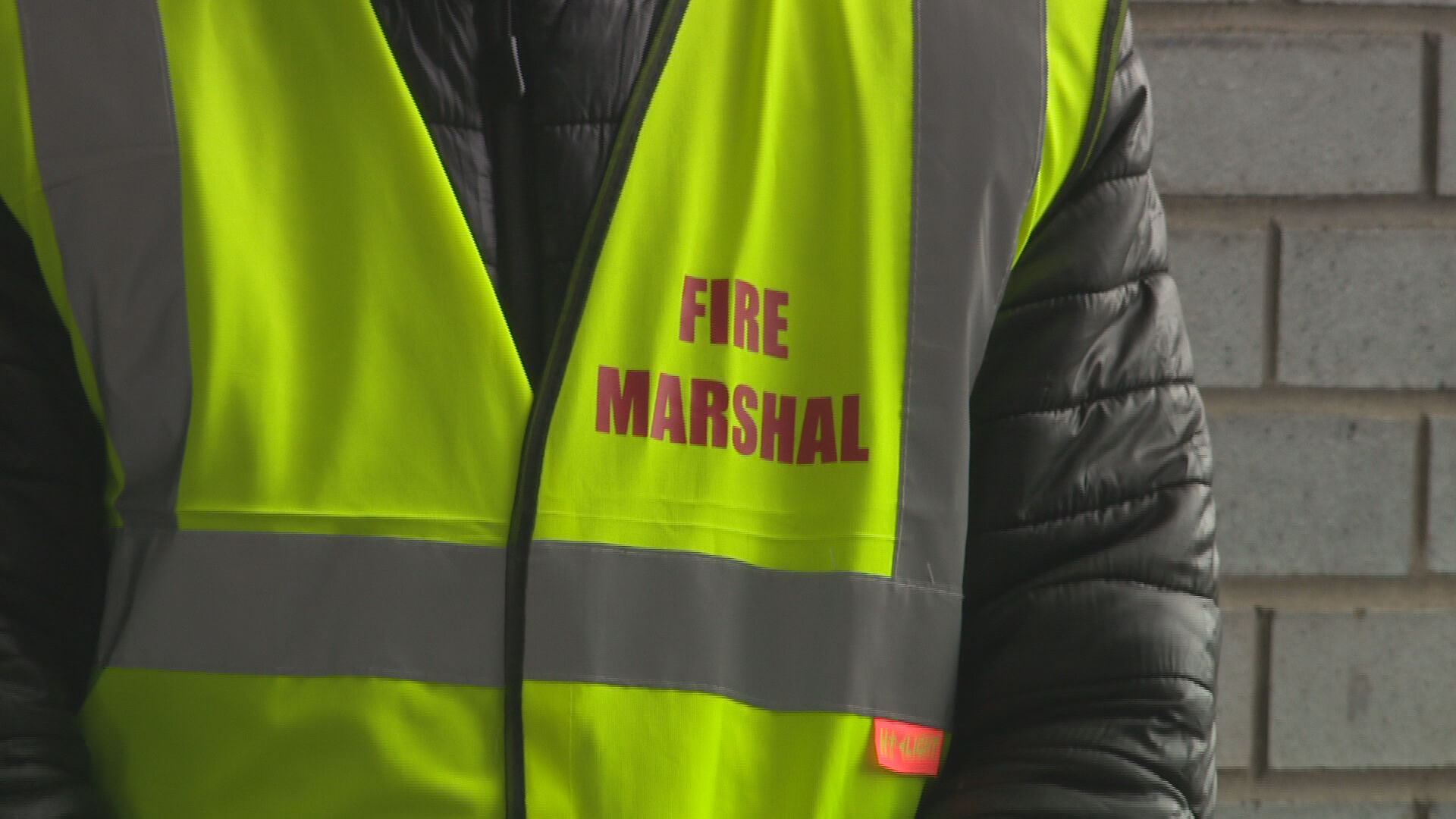 STV News
STV NewsHousing secretary Shona Robison told STV News: “Through the Single Building Assessment process that was carried out, which is part of the process that the Scottish Government is funding in order to identify any issues with buildings, a fire engineers report was then commissioned that recommended an integrated fire alarm system be put into this building.
“Of course we expect the developers to pay for that system, but while negotiations are ongoing to make that happen, we felt that as a precautionary measure that a waking watch should be put in and that we would pay for it in the meantime in order to protect residents within that building.”
The Scottish Government is already paying for another waking watch in a building that doesn’t have a developer attached to it – a so-called orphan building where no developer can be held to account.
“We stepped in, quite rightly, into that space to make sure while remediation works are carried out that the safety of residents is paramount,” Robison said.
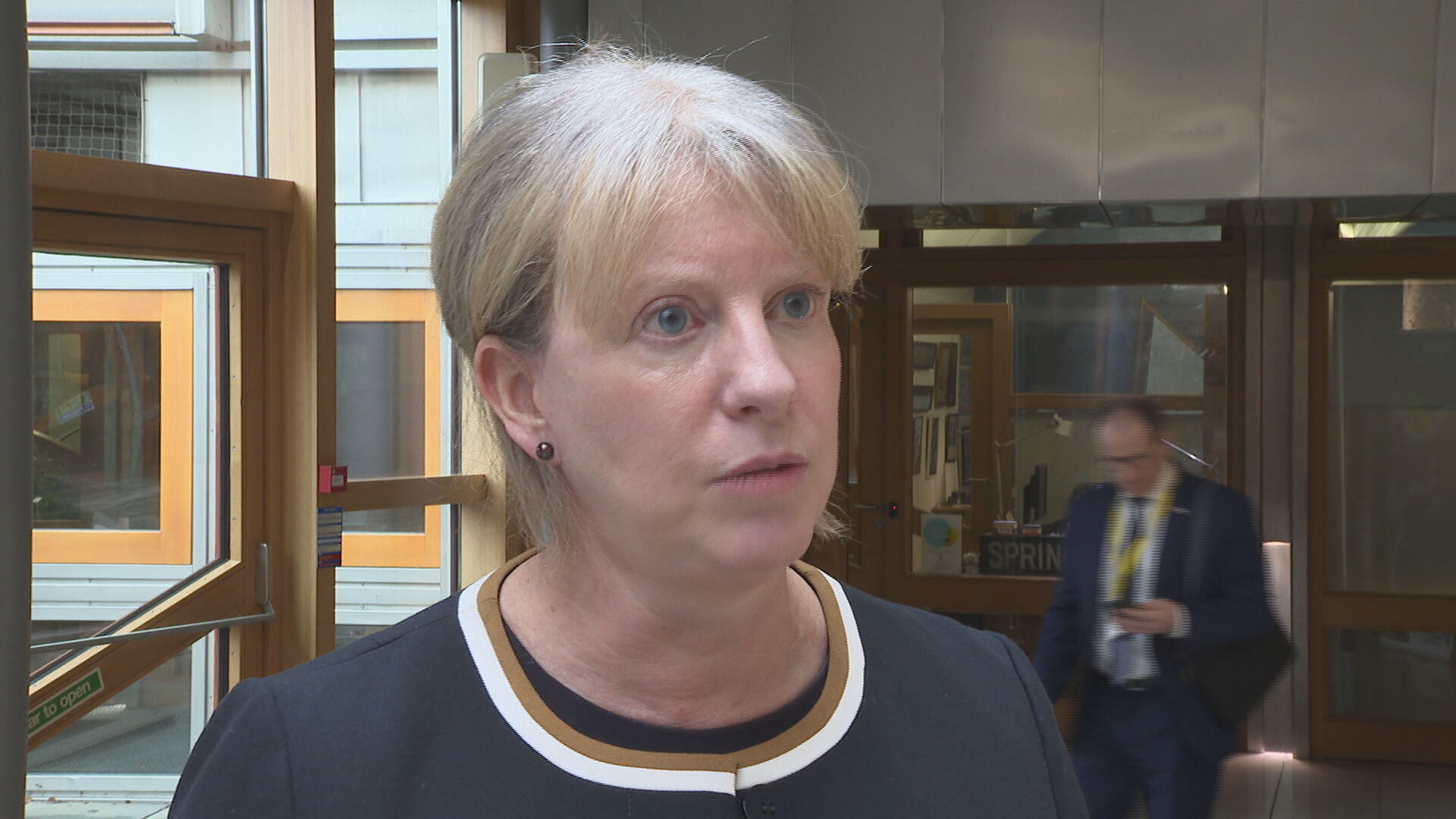 STV News
STV News“All of the money we get through consequentials for cladding will be spent on cladding remediation.
“But, of course, we expect that money to be spent on those buildings where no developer is attached – so the orphan buildings – and we’ve said the priority on that spend of public money is on buildings where no developer can be held to account for those buildings.
“What’s important is that developers that are connected to buildings step up and, first of all, put in waking watches where they are required, remediation where that is required and fully integrated alarm systems where they are called for.”
The Lancefield Quay development is one of many sitting on the banks of the River Clyde. After the Grenfell tragedy in 2017, it was found to have similar flammable cladding to the tower in west London.
Post-Grenfell, the Scottish Government was granted almost £100m by the UK Government to carry out remedial work on buildings deemed unsafe – only £1m of that cash has been spent so far on assessments.
Robison added: “The amount of spend on the cladding programme is published on a regular basis – I think there’s just over £1m that has been spent because at the moment the process around the Single Building Assessments to identify what work needs to be done.
“The big spend will come on the remediation work but we need to know what work is required in order to then do the remediation.”
The Scottish Government said residents at the complex will have 24-hour protection from a team of fire safety experts until longer-term safety measures are put in place.
David Murdoch, local senior officer for the City of Glasgow at the Scottish Fire and Rescue Service, said: “We continue to work closely with stakeholders in the Scottish Government’s Single Building Assessment Programme.
“We will continue to provide safety advice and support to building owners, partners and the residents of the buildings which have been identified.”
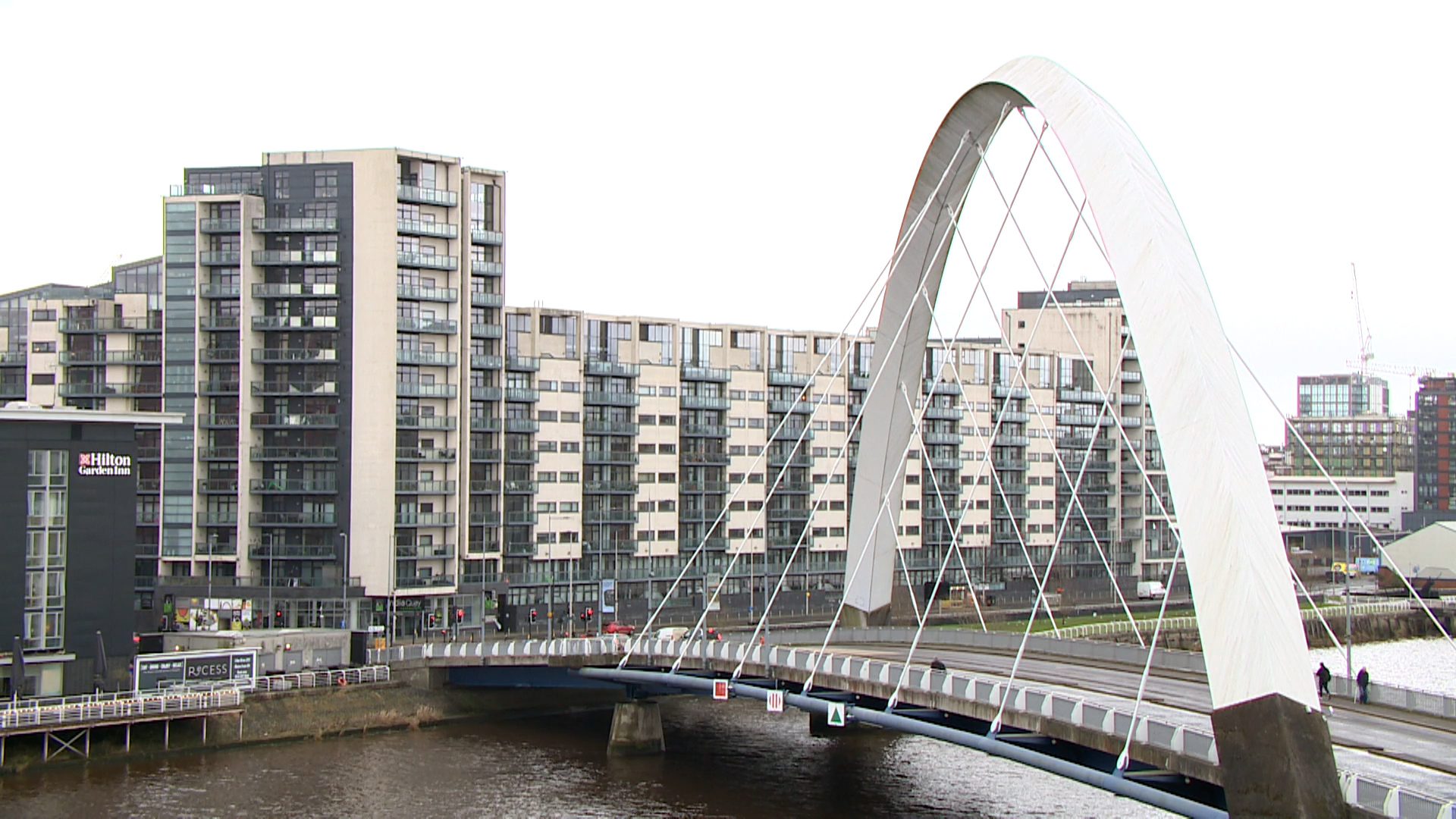 STV News
STV NewsScottish Government ‘should be ashamed’
The Scottish Conservatives criticised the Scottish Government for not utilising money it received from the UK Government as part of the Building Safety Fund for addressing life-safety fire risks associated with cladding on high-rise residential buildings.
Miles Briggs, Scottish Conservative shadow housing secretary, said: “This is very worrying for residents, who will understandably be deeply alarmed about the risks of them continuing to live in these flats.
“SNP ministers may have intervened in this situation, but they have been found sorely wanting when it comes to spending funding specifically designed to remove combustible cladding from buildings like this.
“They have spent a tiny fraction of a near £100m fund given by the UK Government, so they should be ashamed of their inaction.
“Ministers must take a hands-on role especially as previous issues have already been identified in this building.
“They must keep residents updated at every turn and ensure that our hardworking firefighters have every resource they need to carry out these vital patrols.”
What are the developers saying?
One of Lancefield Quay’s developers, Miller Homes, say work on an alarm system is ongoing and believes this is a better solution than a waking watch.
A spokesperson from Miller Homes said: “Miller Homes is a responsible developer that puts the safety and wellbeing of our customers at the heart of everything we do. We will always do what is right, and that starts with keeping people safe.
“As one of the developers of the Lancefield Quay site, we have engaged consistently and transparently over several years with the Scottish Government, the Scottish Fire and Rescue Service, surveyors, and more importantly the factor on behalf of residents, to keep people safe in their homes.
“In 2021, we proactively implemented an enhanced fire detection system in the development, in accordance with Scottish Government guidance on fire safety.
“This guidance, which remains in place today, states that the measures installed throughout the development’s communal areas and individual apartments, is a better practice solution than a waking watch.
“We have been and continue to be actively engaged with the Scottish Government via previously well-established channels and remain committed to agreeing further improvements to this development.”
Meanwhile, the Cala Group said it expects to quickly address any fire-safety remedial works required at Lancefield Quay, with all parties working together to find a solution.
Jennifer Wylie, regional chair at Cala Group, said: “Fire safety is of the highest importance in all buildings and we share the Scottish Government’s commitment to fire safety and building standards.
“With all parties working together, we expect to quickly address any fire safety remedial works required at Lancefield Quay.
“We take our responsibilities to homeowners and occupiers seriously and are currently completing fire safety works at Glasgow Harbour, a 173-home development we built in 2007.”
Ongoing cladding work at Glasgow Harbour Terrace
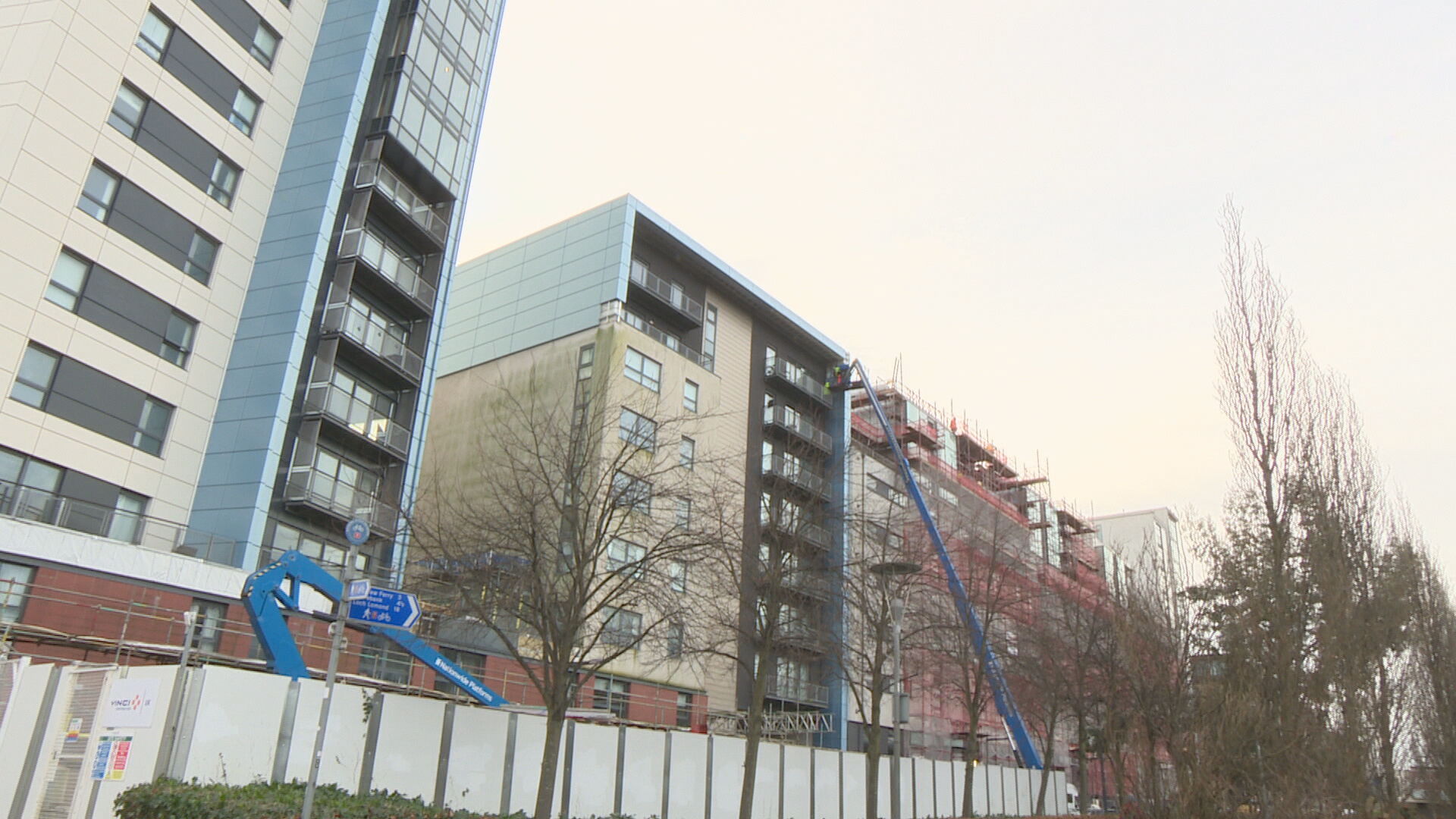 STV News
STV NewsCala is currently completing cladding work at the Glasgow Harbour development – but residents there say they are encountering many issues.
Matthew Stevenson, who has lived at Glasgow Harbour since 2005, said: “It’s like living on a building site but there doesn’t seem to be much work in progress and it seems to be very slow.
“I’ve got a lot of windows on both sides, all covered in scaffolding, and there’s people walking by during the day – it’s infringing on your privacy.
“There’s nails, sharp objects, all lying around, quite often there’s different pieces of the insulation lying around, which I try and tidy up but it’s just ongoing.
“I’m please the work is being done but I’m just disappointed in the standard and it seems to be taking a long time to get even anything done.”
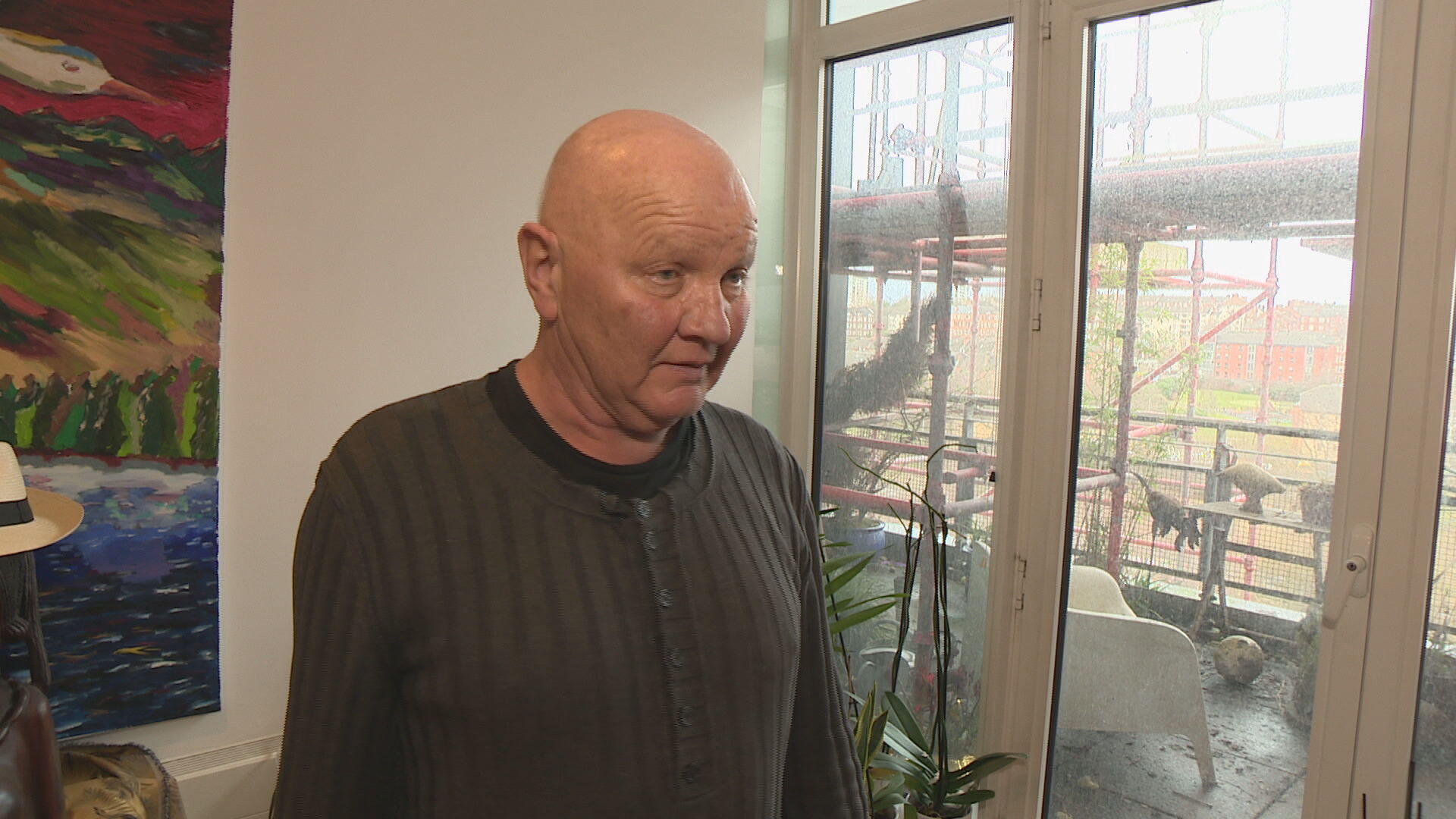 STV News
STV NewsCladding removal project in doubt
The Scottish Government announced last year it would expand the country’s assessment programme for cladding on high-rise buildings, with housing developers working alongside ministers to ensure properties are safe.
Robison said “every penny” of the £97.1m received in consequential for 2021/22, as well as any additional funding, would be invested into assessing buildings and ensuring they are of a safe standard.
But internal documents, obtained last October through freedom of information requests, reveal the future of the Scottish Government’s cladding replacement scheme is at risk.
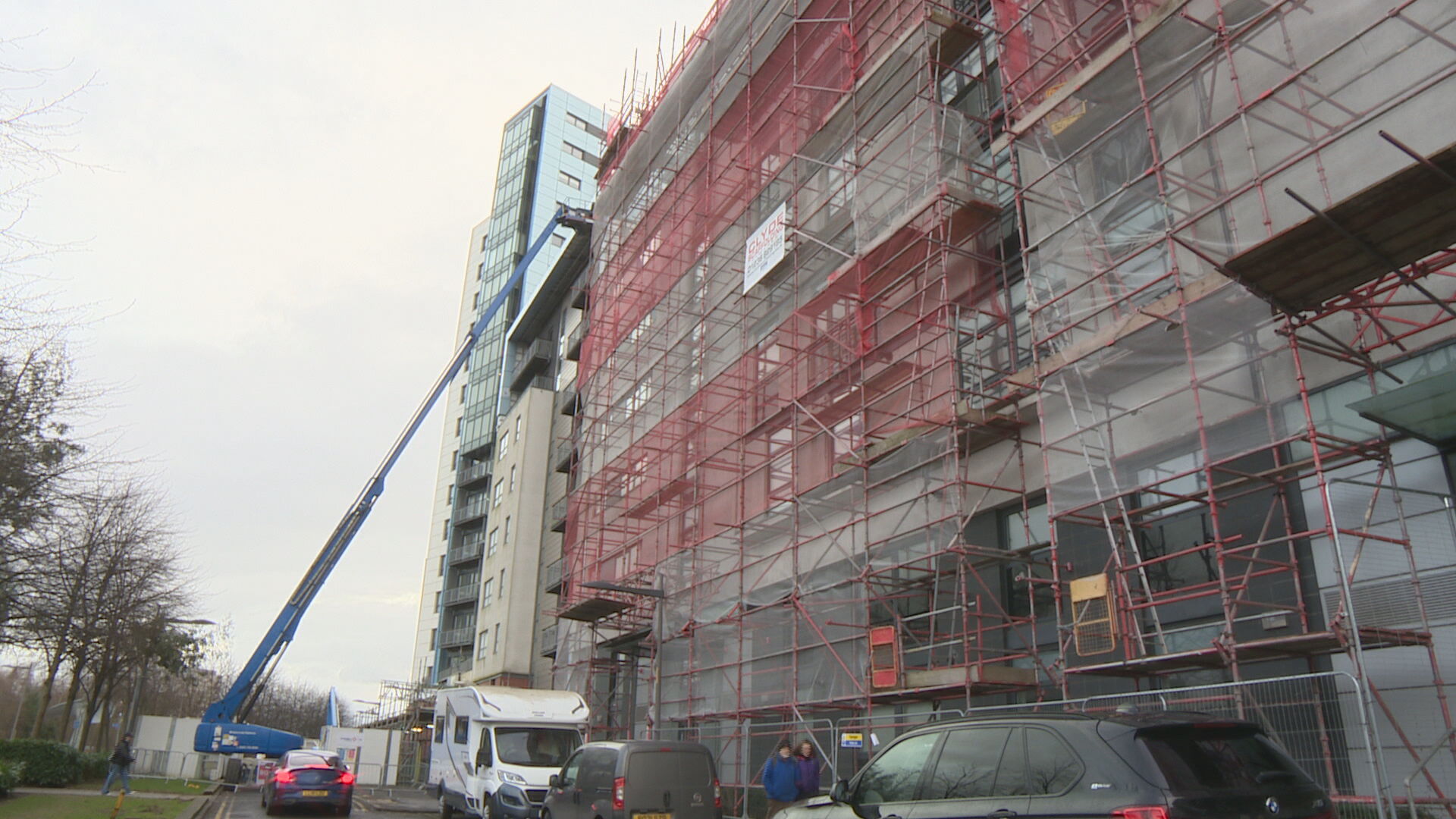 STV News
STV NewsThe Delivery Confidence Assessment revealed the programme in Scotland to replace cladding had been downgraded to “amber/red” – which means “successful delivery of the project in doubt with major risks or issues apparent”.
It said “urgent action” is required to establish whether a resolution is achievable.
The report from June 2022 revealed there is “no business case and accompanying plan”.
It went on to say that the review team was “disappointed” to learn recommendations from the previous report had not been implemented.
What is the Single Building Assessment Programme?
Some of the country’s largest housing developers have agreed to work with the Scottish Government and others to address cladding issues.
A Single Building Assessment is a comprehensive inspection of whole blocks of domestic residential buildings – looking at fire safety and suitability for mortgage lending.
The Scottish Government says there is no cost to property owners for these assessments, which identify what needs to be mitigated or remediated on a building-by-building basis, and in line with the most current building standards.
Follow STV News on WhatsApp
Scan the QR code on your mobile device for all the latest news from around the country




